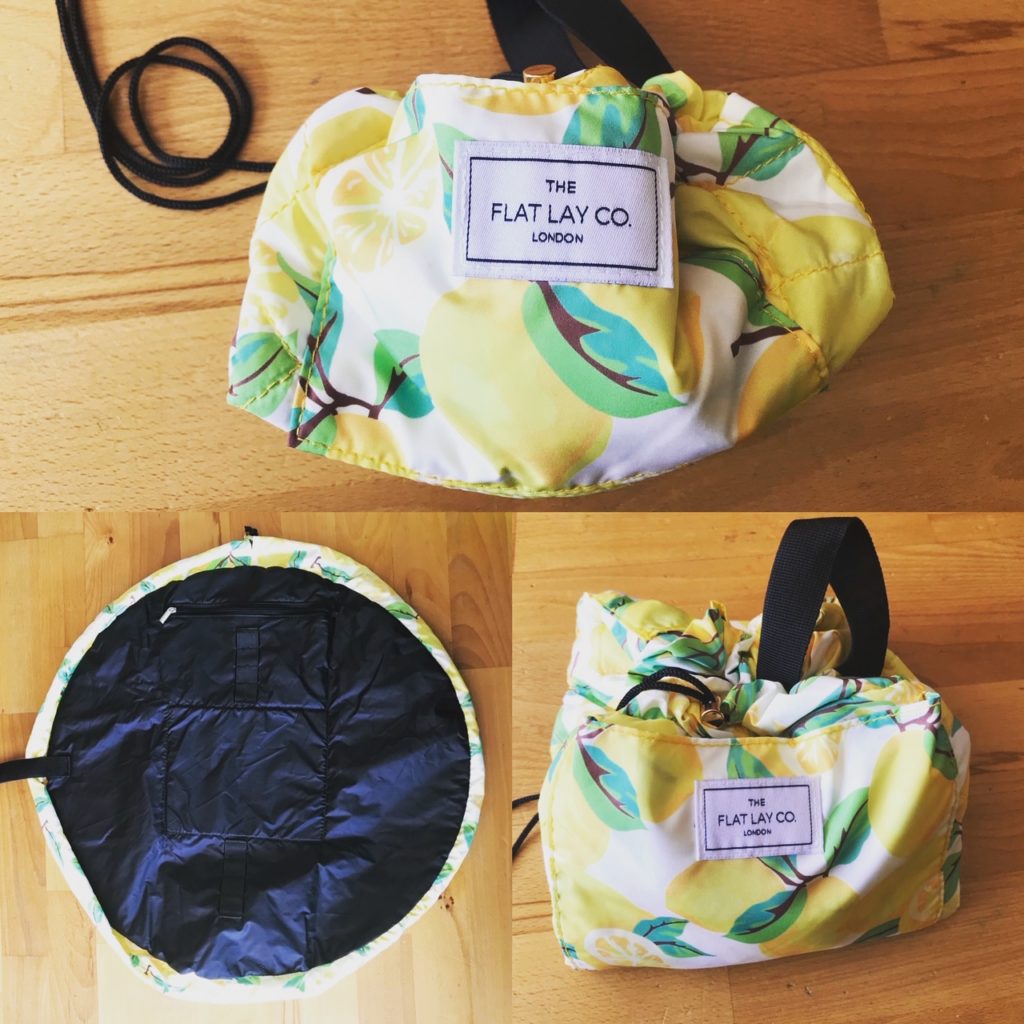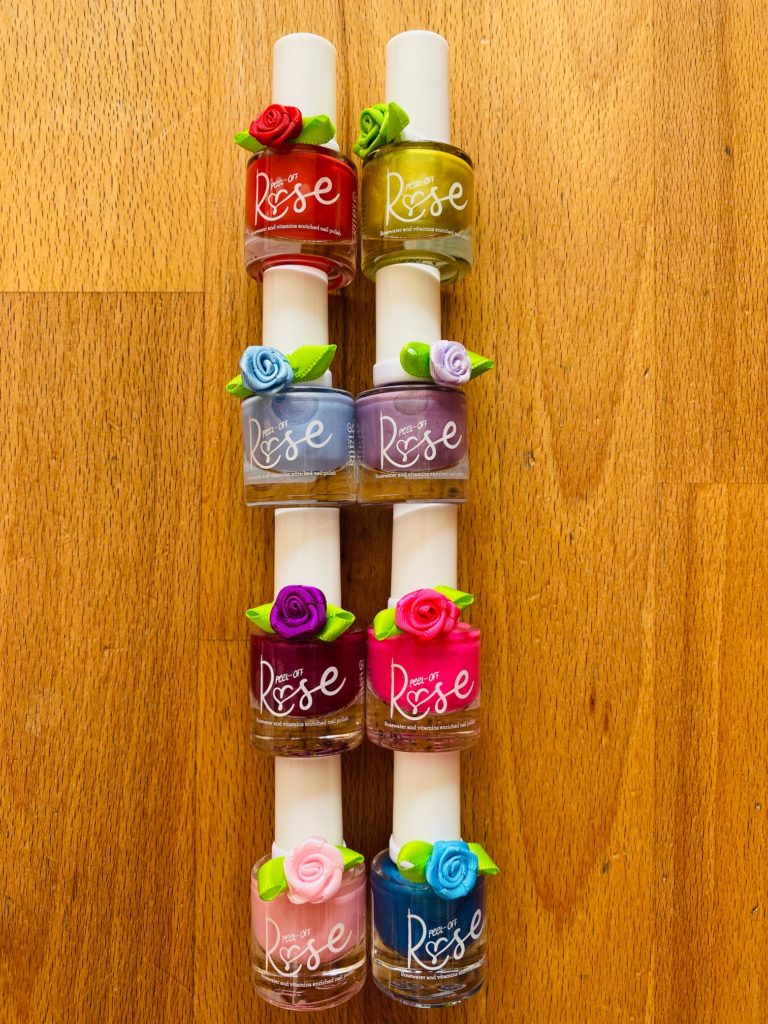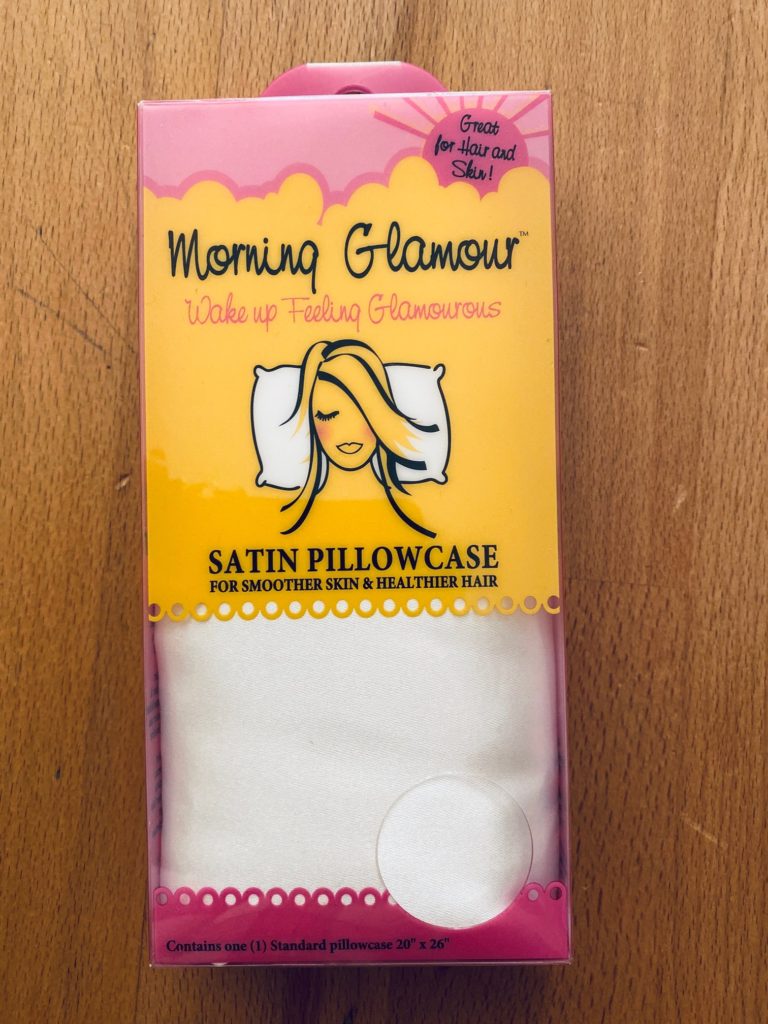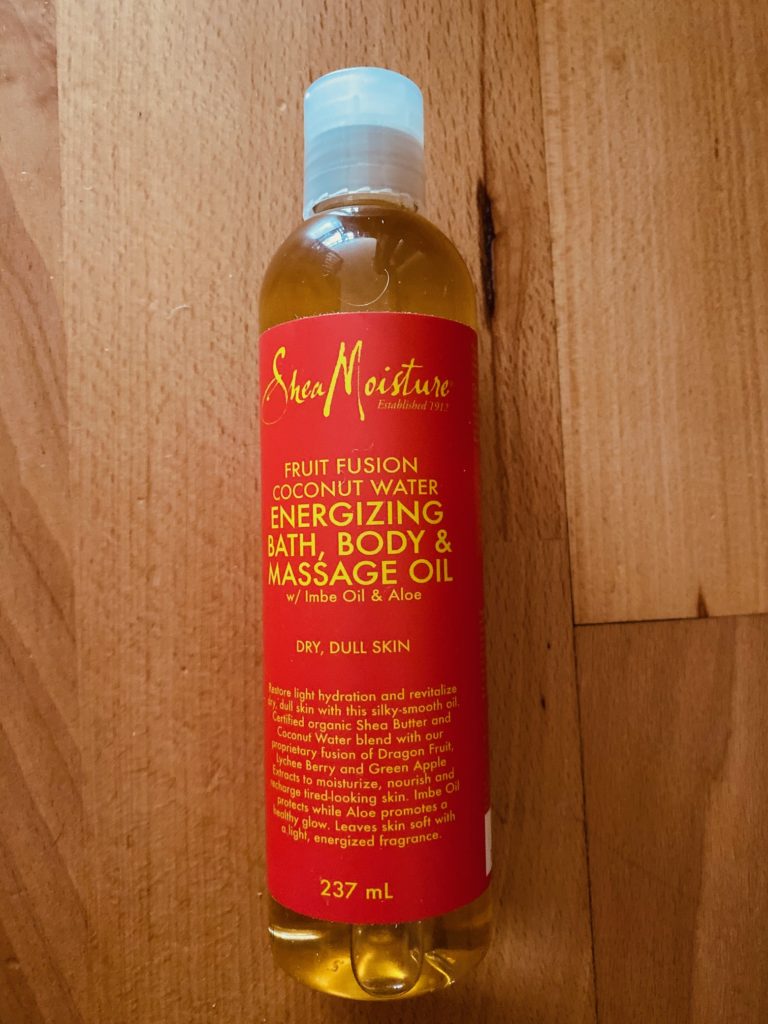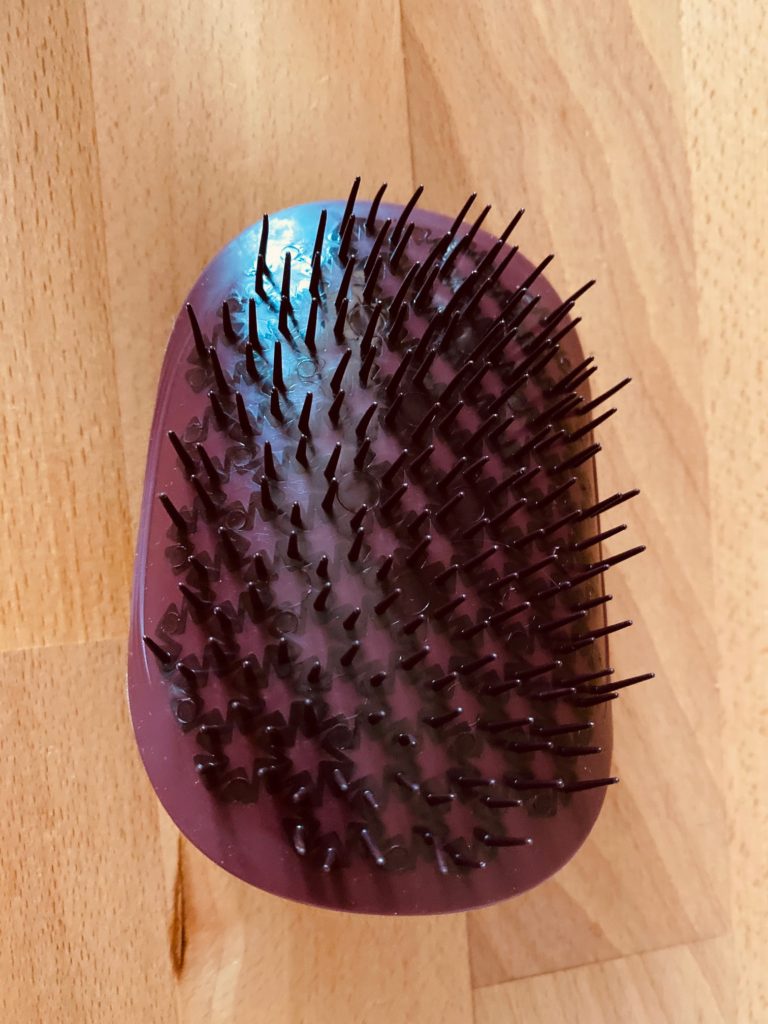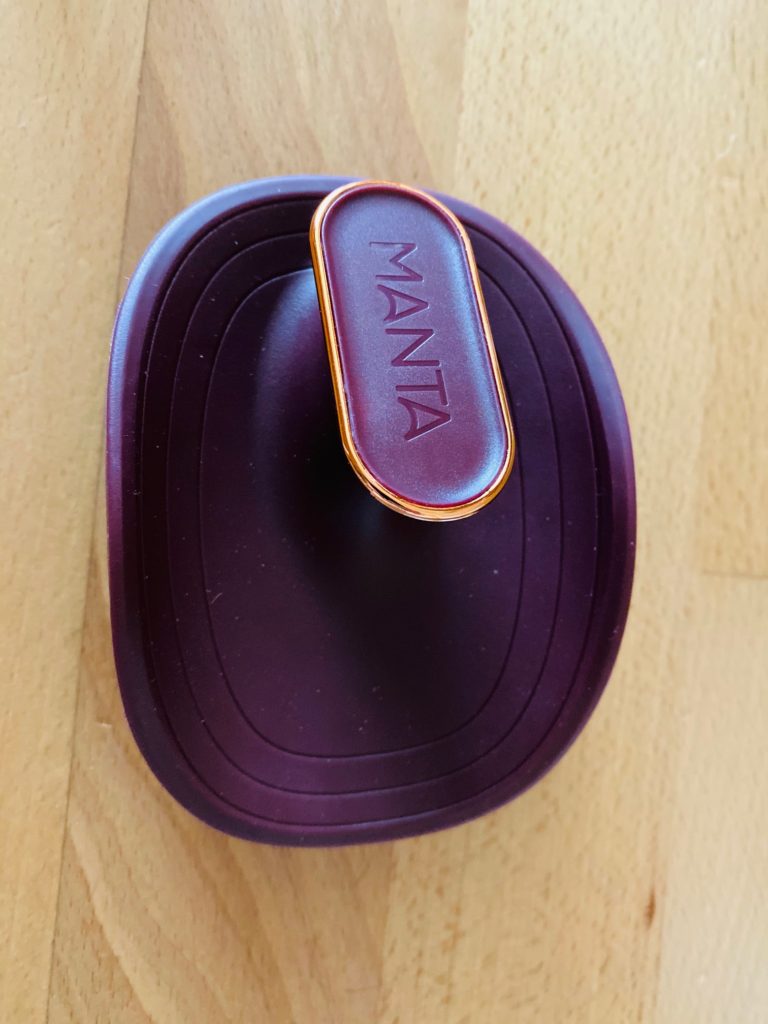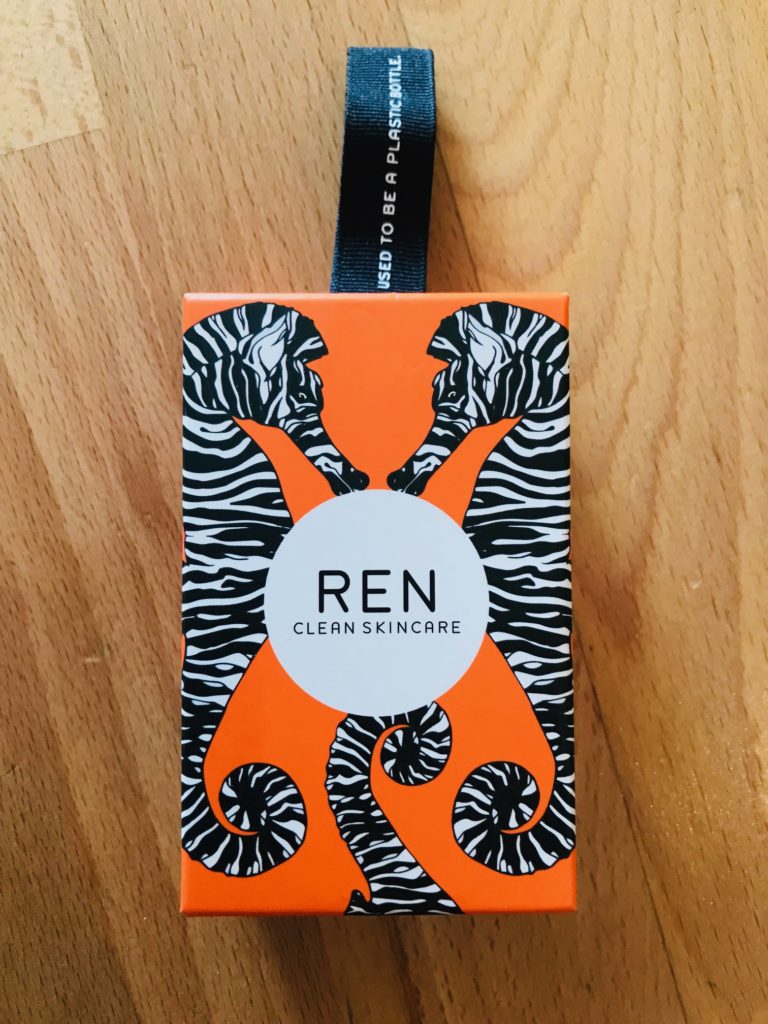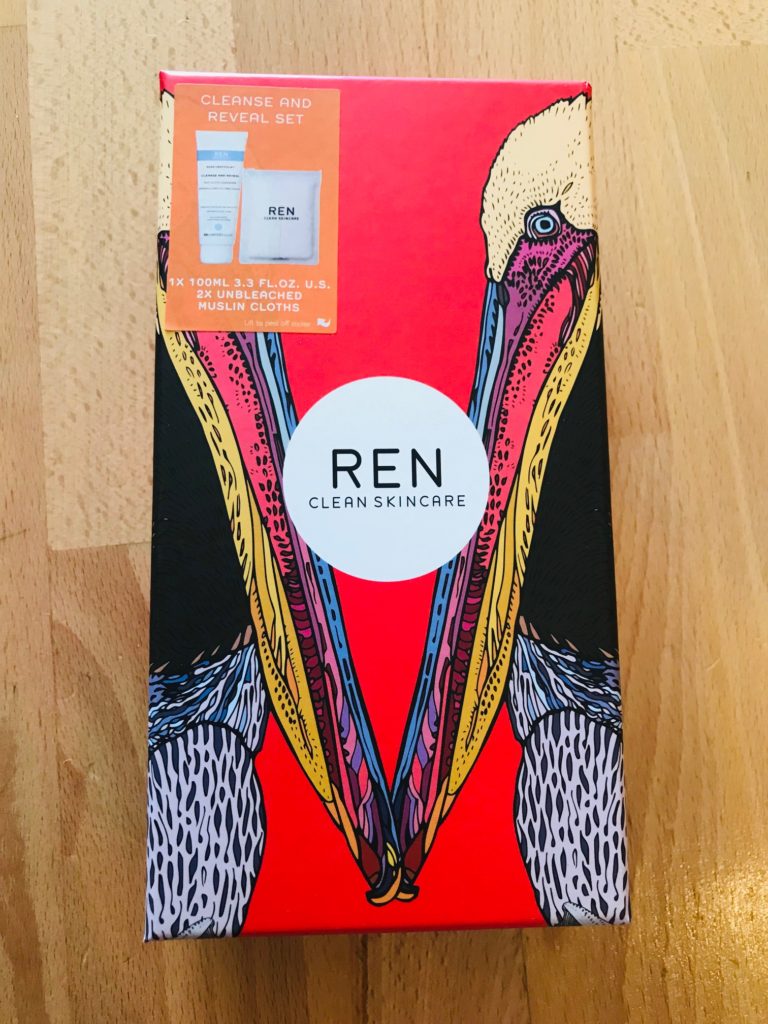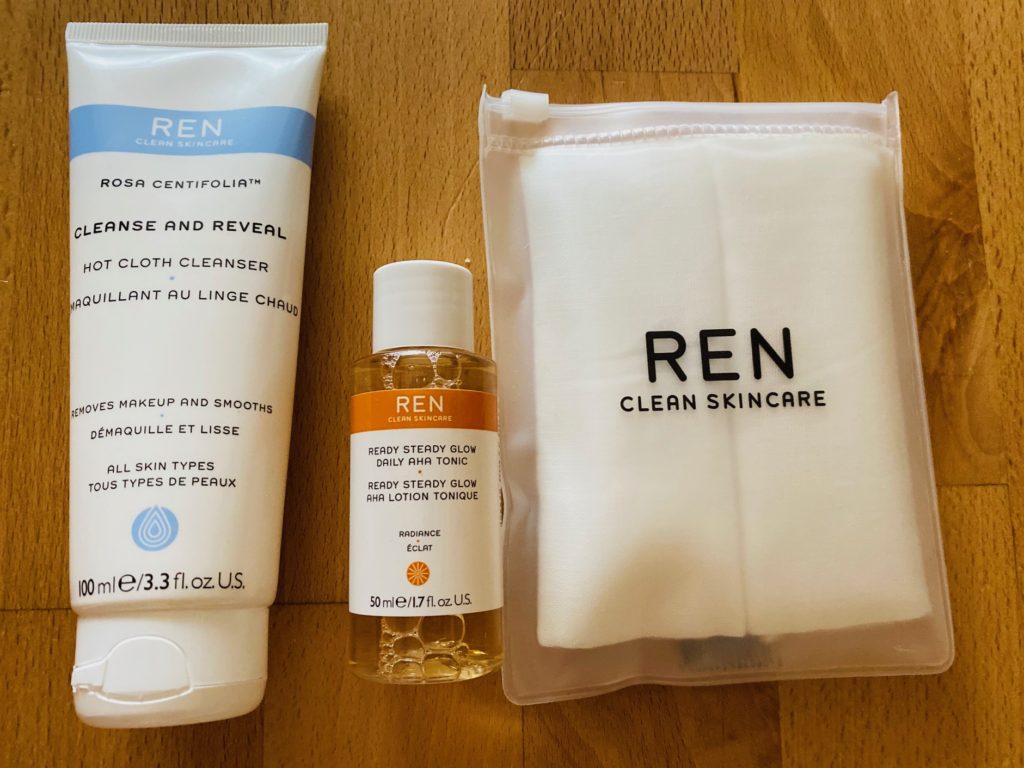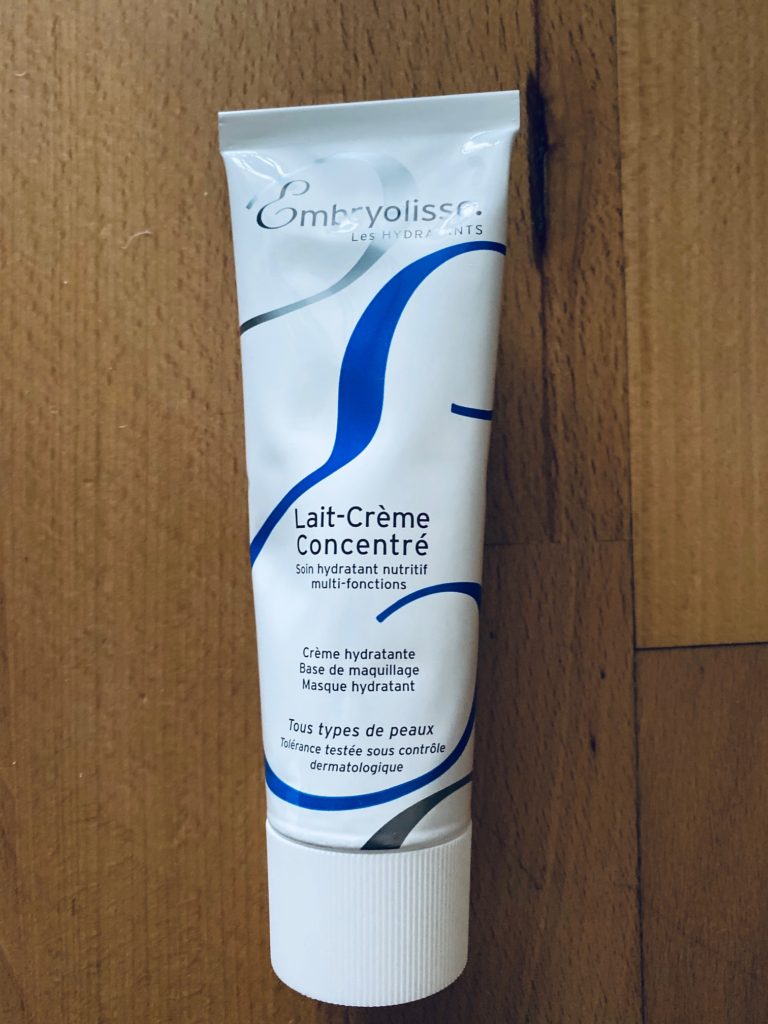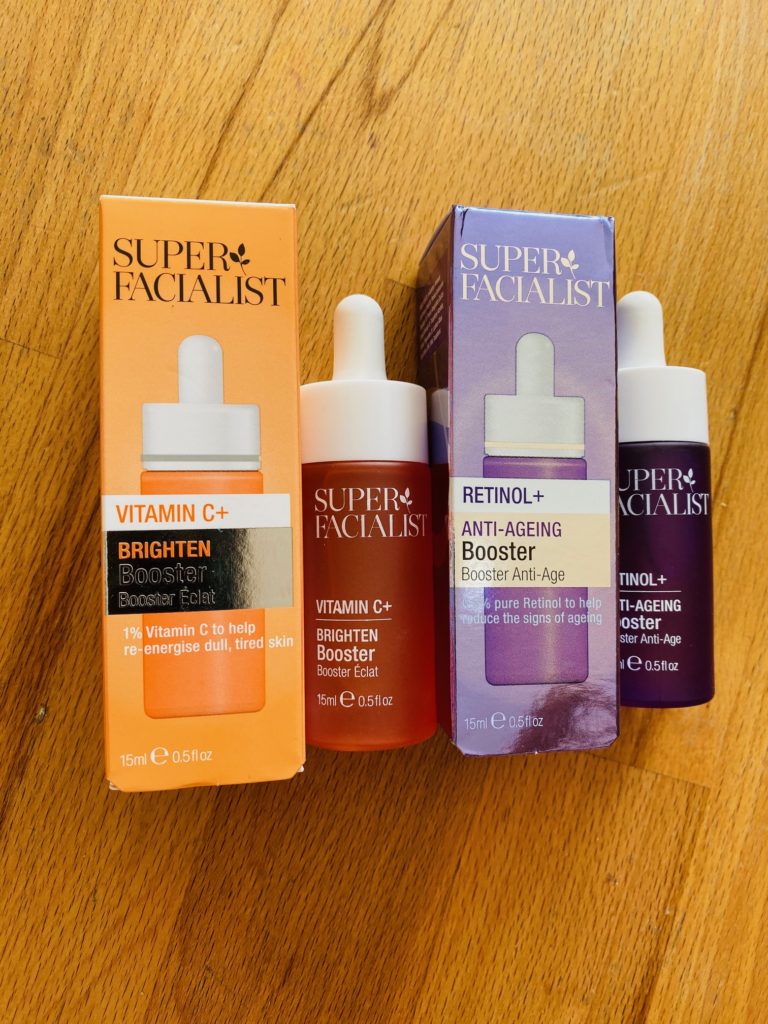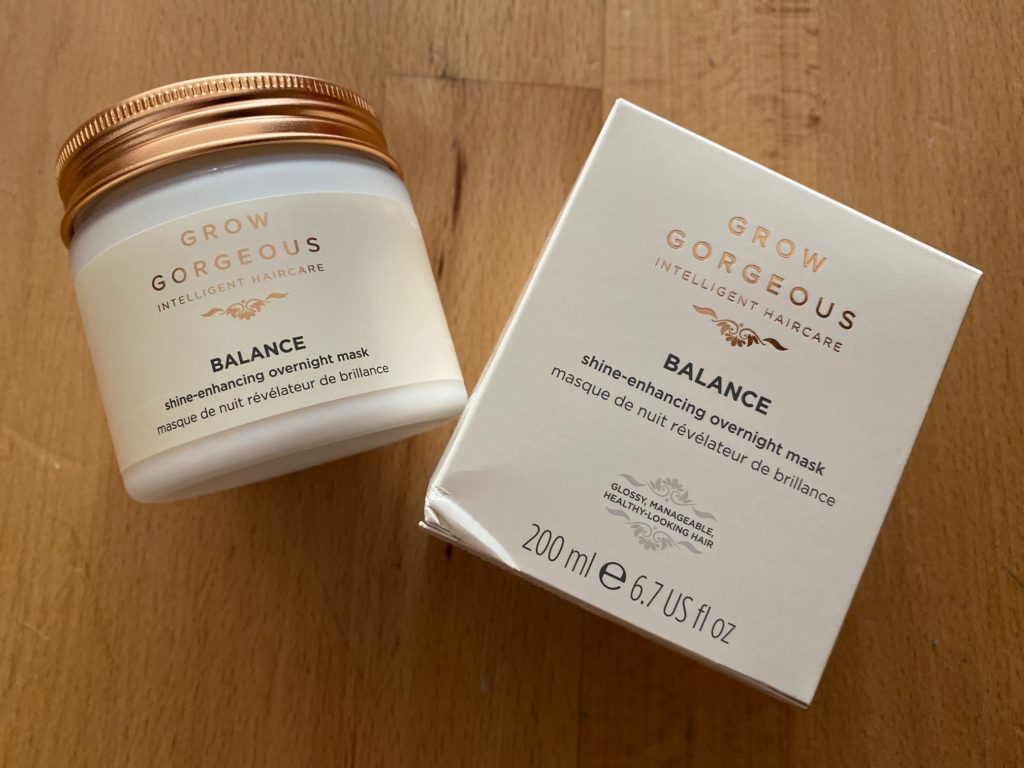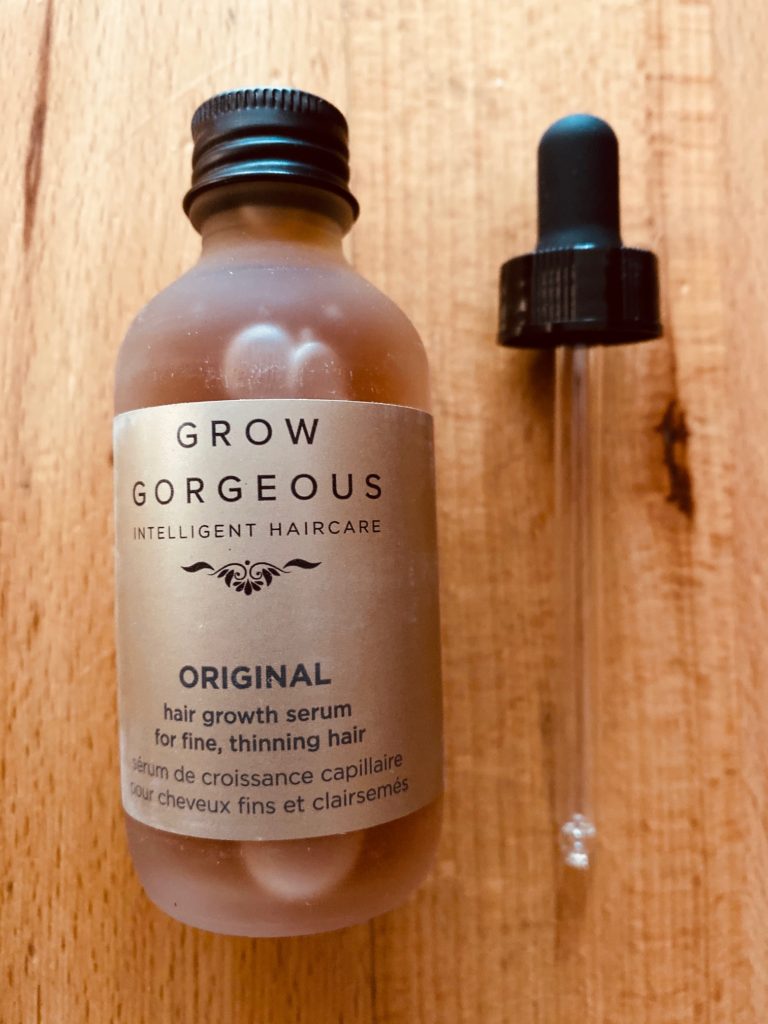Supporting a Healthy Gut Microbiome with Flaxseeds: Key Benefits and Insights from Award Winning Nutritionist, Rob Hobson.
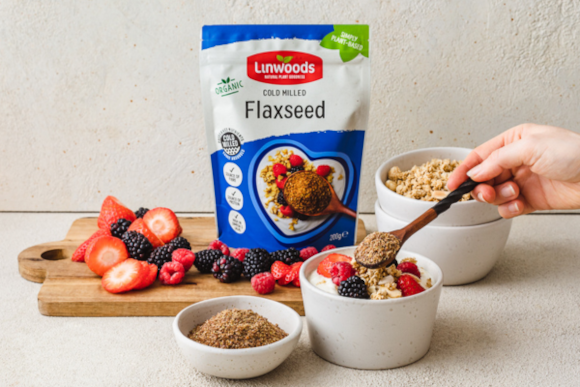
Flaxseeds are rich in vital nutrients
Flaxseeds are rich in vital nutrients, including lignans, omega-3 fatty acids, fibre, vitamins, and minerals. While the term “superfood” is often over-used, milled flaxseed genuinely deserves this title and should be a daily addition to your diet to enhance its nutrient density. These tiny seeds offer a wide range of health benefits, particularly in promoting gut health. A healthy gut is crucial for digestion, immune function, and overall well-being, and by choosing milled flaxseed, you maximise the potential benefits.
The Nutritional Power of Flaxseeds
Flaxseeds are one of the best plant sources of alpha-linolenic acid (ALA), a type of omega-3 fatty acid that we need to obtain from our diet. ALA has anti-inflammatory properties and ALA is known to lower levels of LDL (bad) cholesterol which is great for heart health1
Flaxseeds are also high in dietary fibre, making up about 40% of the seed. Of this fibre, 25% is soluble, which helps lower blood sugar levels and absorb cholesterol, both of which are important for preventing heart disease2. A study found that consuming flaxseed mucilage, which is the gel-like substance that forms when flaxseeds are mixed with water, can reduce levels of insulin and improve blood glucose control3. This can help to promote better metabolic health such as reducing the risk of type 2 diabetes and other risk factors for heart disease like high cholesterol and blood pressure. The remaining 75% of the fibre in flaxseeds is insoluble, which helps add bulk to stool and prevent constipation4.
Flaxseeds are also rich in several other key nutrients, including protein, vitamin E, and magnesium. Flaxseed protein is a high-quality plant-based protein that contains all the essential amino acids, making it a valuable addition to a balanced diet for muscle repair and overall health.
Flaxseeds and The Gut Microbiome
One of the key benefits of flaxseeds is helping to maintain a healthy gut microbiome. The gut is home to trillions of bacteria and other microorganisms that play a crucial role in digestion and overall health. A diet rich in healthy and plant-based foods is linked with the presence and abundance of certain gut microbes that are also associated with a lower risk of developing conditions such as obesity, Type 2 diabetes, and cardiovascular disease5.
Soluble fibre in milled flaxseed also supports a healthy gut acting as a prebiotic, feeding the beneficial bacteria in your digestive system, which can be converted into short-chain fatty acids that help nourish the cells lining the colon, promoting a healthy gut barrier and reducing inflammation6,7. A study published in American Journal of Physiology – Endocrinology and Metabolism found that the fibres in flaxseed help increase the number of beneficial bacteria in the gut, specifically Bifidobacterium and Akkermansia8.
Flaxseeds are also known for helping prevent constipation, a common digestive issue that can negatively affect gut health. In a study where participants ate 10 grams of flaxseed twice a day for 12 weeks, their constipation symptoms, especially stool consistency, improved significantly9.
Flaxseeds have also been shown to reduce intestinal permeability, often referred to as “leaky gut,” where harmful substances pass from the gut into the bloodstream. This phenomenon is associated with inflammation and gastrointestinal disorders such as IBS. A study found that consuming 40 grams of brown or golden flaxseeds daily for 12 weeks significantly reduced intestinal permeability in overweight women10. Research shows that ground flaxseed is particularly beneficial for people with IBS because it is easier to digest and better absorbed by the body. Regular consumption can help relieve constipation, reduce bloating, and improve overall gut health, which is often compromised in people with IBS11.
Conclusion
Flaxseeds are a versatile and nutritious addition to your diet, offering numerous health benefits, particularly for supporting a healthy gut microbiome. Milled flaxseed is an easy and effective way to boost your nutrient intake. Simply add 2 tablespoons of Linwoods Organic cold Milled Flaxseed to smoothies, sprinkle it over porridge, yoghurt, or salads, and mix it into homemade muffins, breads, and pancakes. This is a simple yet powerful approach to enhancing your digestive health everyday.
References
- Pan, A., Chen, M., Chowdhury, R., Wu, J. H., Sun, Q., Camargo, C. A., … & Hu, F. B. (2012). α-Linolenic acid and risk of cardiovascular disease: a systematic review and meta-analysis. The American Journal of Clinical Nutrition, 96(6), 1262-1273. https://doi:10.3945/ajcn.112.044040
- Soliman G. A. (2019). Dietary Fiber, Atherosclerosis, and Cardiovascular Disease. Nutrients, 11(5), 1155. https://doi.org/10.3390/nu11051155
- Nowak, W., & Jeziorek, M. (2023). The Role of Flaxseed in Improving Human Health. Healthcare (Basel, Switzerland), 11(3), 395. https://doi.org/10.3390/healthcare11030395
- Anderson, J. W., Baird, P., Davis, R. H., Jr, Ferreri, S., Knudtson, M., Koraym, A., Waters, V., & Williams, C. L. (2009). Health benefits of dietary fiber. Nutrition reviews, 67(4), 188–205. https://doi.org/10.1111/j.1753-4887.2009.00189.x
- Asnicar, F., Berry, S. E., Valdes, A. M., Nguyen, L. H., Piccinno, G., Drew, D. A., Leeming, E., Gibson, R., Le Roy, C., Khatib, H. A., Francis, L., Mazidi, M., Mompeo, O., Valles-Colomer, M., Tett, A., Beghini, F., Dubois, L., Bazzani, D., Thomas, A. M., Mirzayi, C., … Segata, N. (2021). Microbiome connections with host metabolism and habitual diet from 1,098 deeply phenotyped individuals. Nature medicine, 27(2), 321–332. https://doi.org/10.1038/s41591-020-01183-8
- Ding, H. H., Cui, S. W., Goff, H. D., & Gong, J. (2015). Short-chain fatty acid profiles from flaxseed dietary fibres after in vitro fermentation of pig colonic digesta: Structure–function relationship. Bioactive Carbohydrates and Dietary Fibre, 6(2), 62-68. https://doi.org/10.1016/j.bcdf.2015.09.006
- Martin-Gallausiaux, C., Marinelli, L., Blottière, H. M., Larraufie, P., & Lapaque, N. (2021). SCFA: mechanisms and functional importance in the gut. The Proceedings of the Nutrition Society, 80(1), 37–49. https://doi.org/10.1017/S0029665120006916
- Arora T., Rudenko O., Egerod K.L., Husted A.S., Kovatcheva-Datchary P., Akrami R., Kristensen M., Schwartz T.W., Bäckhed F. Microbial fermentation of flaxseed fibers modulates the transcriptome of GPR41-expressing enteroendocrine cells and protects mice against diet-induced obesity. Am. J. Physiol. Endocrinol. Metabol. 2019;316:E453–E463. https://doi.org/10.1152/ajpendo.00391.2018
- Soltanian, N., & Janghorbani, M. (2018). A randomized trial of the effects of flaxseed to manage constipation, weight, glycemia, and lipids in constipated patients with type 2 diabetes. Nutrition & metabolism, 15, 36. https://doi.org/10.1186/s12986-018-0273-z
- Sant’Ana, C. T., Amorim, A. D., Gava, A. P., Aguilar, C. M., Silva, N. G., Machado, L. D., Viana, M. L., Oliveira, D. D. S., Silva, P. I., Costa, N. M. B., & Costa, A. G. V. (2022). Brown and golden flaxseed reduce intestinal permeability and endotoxemia, and improve the lipid profile in perimenopausal overweight women. International journal of food sciences and nutrition, 73(6), 829–840. https://doi.org/10.1080/09637486.2022.2052820 – 11
- Tarpila S, Tarpila A, Grohn P et al. (2004) Efficacy of ground flaxseed on constipation in patients with irritable bowel syndrome. Curr Topics Nutraceutical Res 2, 119–125. 12

